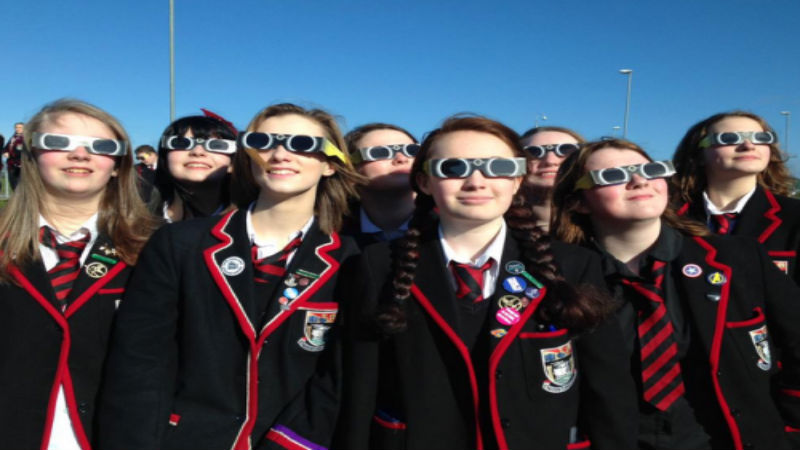A solar eclipse is an astrological wonder. The ability to see, and understand that a phenomenon is something many people prepare and wait months and years in advance for. Beyond the interest and excitement, there is a specific way to view the sun. The strength and power of the Sun’s rays should not be taken lightly. They are very strong and can be very dangerous when it comes to the human eyeball. Using solar filters, whether on a telescope, binoculars, or in glasses, is what you have to do to look at the sun safely.
Looking at the Sun
It is not recommended that you look at the sun with the naked eye because it could cause damage to your eyesight. If you are going to be looking at the sun whether it is an eclipse or not, then you need a special type of filter to do that with. Solar filters are used when looking through a telescope or camera attempting to see or photograph the Sun. These filters block the sun’s rays so you can observe the sun without being concerned about doing damage to your eyes. Using a glass filter is supposed be better than using other types of materials because it makes the Sun easier to see in general and it allows you to see particular effects on the sun like sunspots. For solar eclipse glasses, a popular material to use is a polymer, which filters out harmful ultra-violet and infrared rays, as well as intense visible light. It is important to remember to never look at the sun through a telescope or binoculars without a solar filter.
Tips for Using Solar Filters
Before using the solar filter, make sure there are no scratches or scrapes on your filter. This could cause a problem with being able to accurately see the sun and the parts of it. If you are not using the telescope, make sure to put the cap on the finder’s scope if the solar filter is not attached. This finder scope allows the person looking through the telescope generally find what they are looking for in space. If a person was to look through the finder’s scope and locate the sun without the filter attached that could do sever damage to that person’s eye. Likewise, do not remove the filter while the telescope is facing the sun. Point the telescope in a different direction, away from the sun, when it is time to remove the filter.


